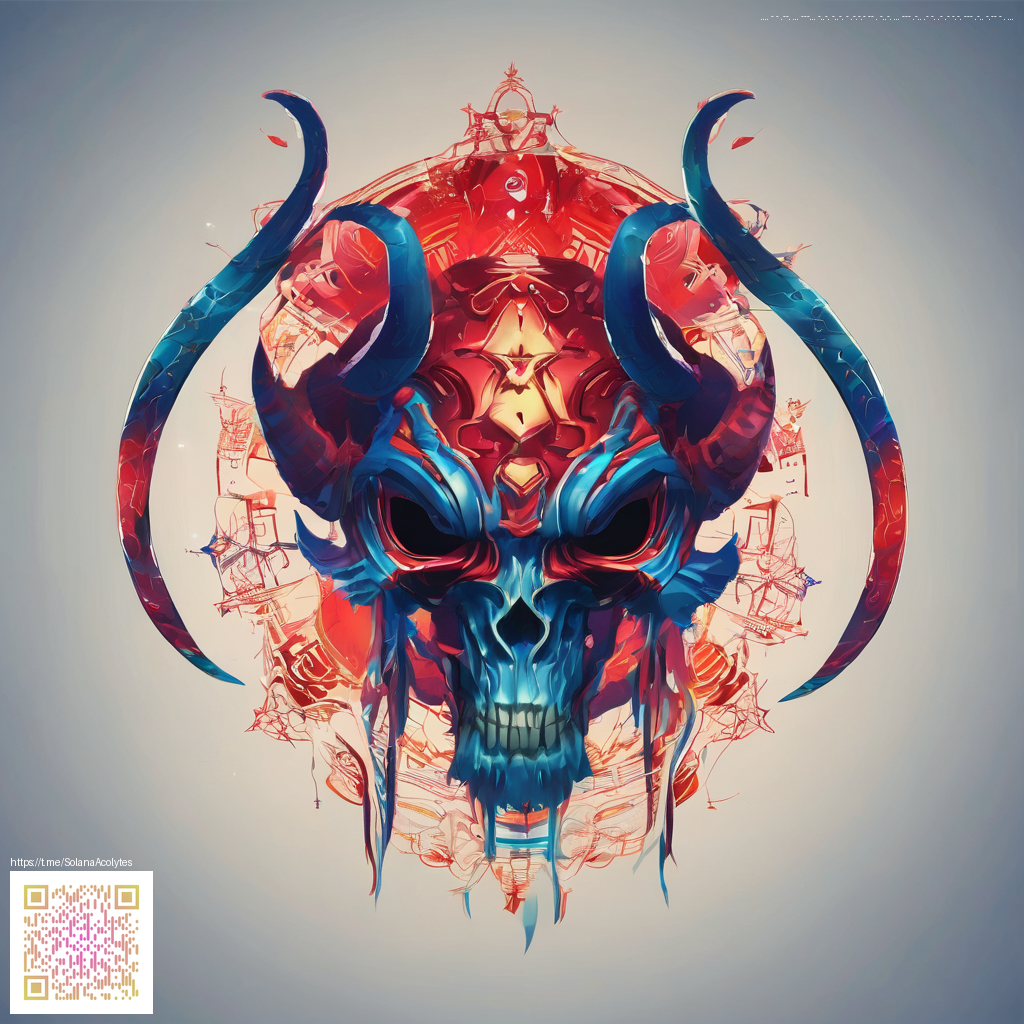
Brand identity for digital goods: what and why
In the crowded online marketplace, your digital product isn’t just a file or a license—it’s a story people buy into. A crisp, cohesive brand identity acts as a compass that guides every interaction, from the product page to social posts and support messages. For creators selling digital goods, identity translates into trust, consistency, and a sense of value that goes beyond the pixels on the screen.
Consider how visuals communicate more than aesthetics. A strong identity sets expectations: reliability, personality, and expertise. It’s not merely about looks; it’s about the impression you leave with every touchpoint. A well-defined identity helps your audience recognize your work at a glance, which shortens the path from discovery to purchase and, eventually, advocacy.
Crafting a visual language that travels across platforms
Your branding system should be portable. When you design for digital goods, you want a language that works on product pages, thumbnails, packaging mockups, social tiles, and email headers. For a real-world reference, you can explore how packaging cues translate into online identity on product pages like the Slim Lexan Phone Case Glossy Ultra-Thin page. The glossy finish, clean lines, and premium feel convey value even before a customer reads a single word.
Key elements to define include your logo, color palette, typography, imagery style, and iconography. These aren’t isolated choices; they form a cohesive system that communicates your brand’s tone and values at a glance.
Voice, storytelling, and emotional resonance
Brand identity is as much about how you speak as how you look. Your voice should be consistent across product descriptions, onboarding emails, and support responses. A confident, approachable tone can humanize complex digital goods, helping buyers feel understood and confident in their decisions. Use storytelling to frame the problem your product solves and to articulate the benefits in a way that resonates with your ideal customer.
“A strong brand identity isn’t a surface-level polish. It’s a promise—delivered consistently, across every interaction.”
Practical steps to build a brand identity for digital goods
- Define your audience and values: Start with who you serve and what you stand for. This becomes the north star for all design and copy decisions.
- Create a unifying visual system: Choose a primary color palette, a restrained typography pair, and a logo treatment that scales from favicon to banner.
- Design adaptable imagery: Develop photography or illustration styles that can be used on product pages, social, and email without demanding custom assets for every channel.
- Establish consistent copy guidelines: Craft a voice guide, templates, and micro-copy rules so every description and help article feels like it came from the same author.
- Prototype across touchpoints: Build a small set of brand templates—one product page, one social post, one email header—and test how they perform visually and emotionally.
- Gather proof and iterate: Collect feedback from early customers and use it to refine your visuals and language. Identity evolves with your growing catalog and audience insights.
As you refine your identity, you may want inspiration from design galleries or case studies. The page https://diamond-images.zero-static.xyz/c0a4e9f1.html showcases varied branding approaches that can spark ideas for digital goods branding, from bold iconography to restrained typographic systems.
Translating brand identity into product experiences
Digital goods thrive on clarity and speed. Packaging your brand in a few memorable cues—an identifiable color stripe, a distinctive icon, a readable font, and a voice that speaks with authority—lets customers recognize your work in seconds. When your product pages feel like a natural extension of your brand, trust builds faster and conversion improves. The result is a more scalable business where each new item adopts the same brand scaffolding, reducing the need for reinventing the wheel with every release.
To make this practical, start by auditing your current assets. Do the colors look cohesive on mobile? Is the typography legible in small thumbnails? Do your product descriptions sound like they come from the same place? Small, deliberate refinements here compound into a strong, recognizable identity across all digital channels.